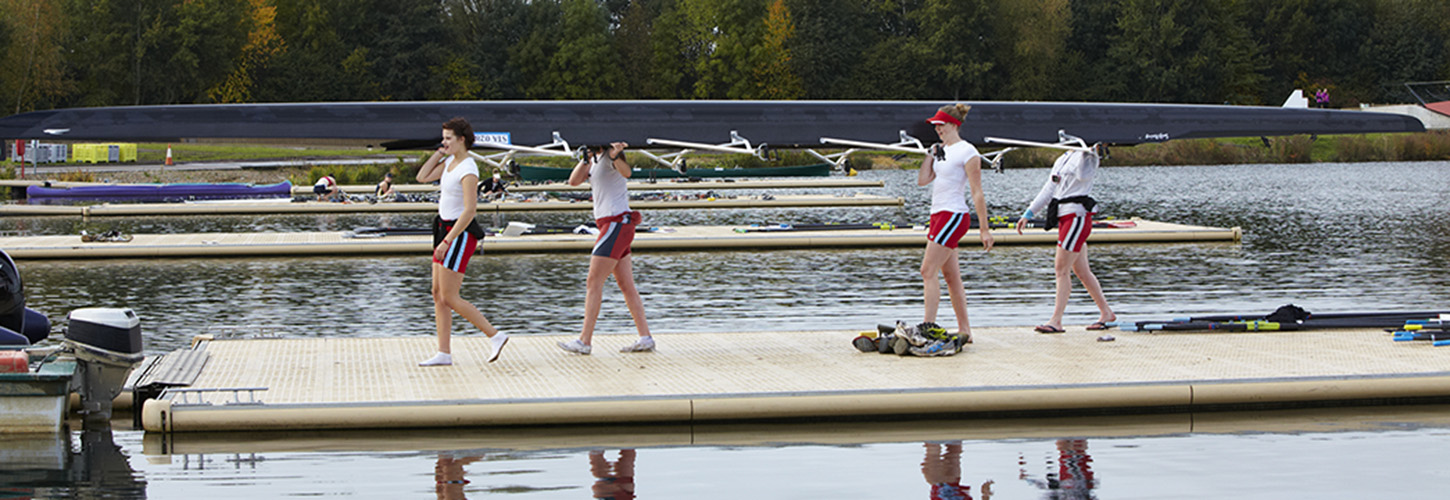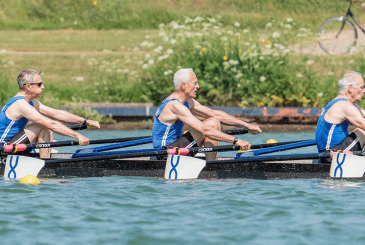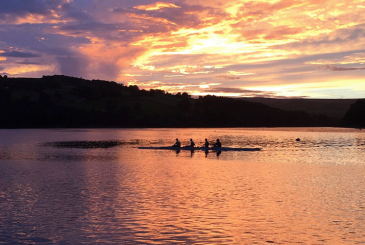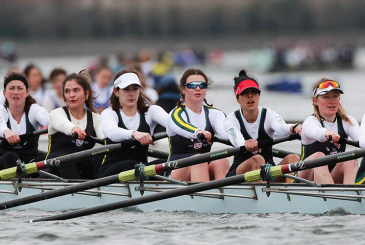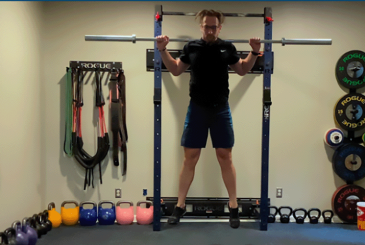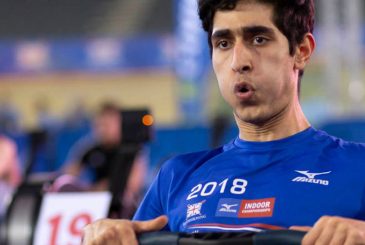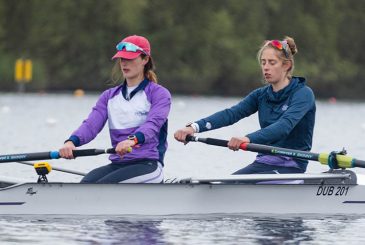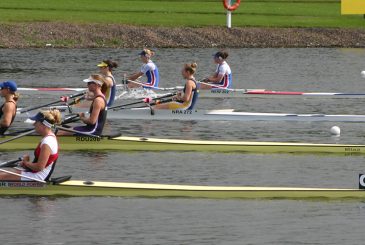GB Rowing Team physiologists explain what you can do to maximise your recovery – including active cool-down, nutrition, and the myriad of physical strategies available to the exhausted athlete.
Why is recovery so important?
The bottom line is that consistent under-recovery between sessions can lead to a reduction in performance and increase the risk of injury or illness. After exercise, the body is in a state of fatigue which leads to repair, regeneration, and hopefully supercompensation. Returning the body to a constant state – ‘homeostasis’ – in particular via nutrition/ hydration, active warm-down and rest, will help the body regenerate as quickly as possible, allowing you to perform to your best again in subsequent racing or training.
The most important factor to consider is time
Race (or training) recovery begins the second you finish your final stroke, and the most important factor to consider is time. You have a fairly limited window in which to maximise the effects of anything you do after a race.
Refuelling for recovery
The first – and probably most important – thing to consider is refuelling. Replenishing your carbohydrate stores is done most effectively within 15-20 minutes of finishing exercise, as the muscle is most receptive to storing carbohydrate as glycogen during this time. The goal is to consume at least one gram per kilogram of body-weight.
Protein consumption is also vital in order to repair muscle damage. You should aim for 0.3 grams per kilogram of body-weight. Many people find eating solids difficult after an all-out performance, so these demands can be met through recovery shakes such as Science in Sport’s REGO Rapid. You should then try to eat a balanced meal rich in nutrients approximately one hour after your race.
Rehydration for recovery
In terms of hydration, it is important to replace the fluids and electrolytes lost during racing via sweat. Otherwise, dehydration can lead to a reduction in performance, an increase in perceived effort, a decrease in rowing efficiency (due to an alteration in fuel utilisation) and a reduced fluid tolerance during subsequent exercise.
Active warm-down
Moving on to an active warm-down, the main purpose of any low-intensity activity is to return the body to a state of equilibrium as quickly as possible. Although accumulated blood lactate does not necessarily cause delayed muscle soreness, reducing this quickly will allow the body to start the repair and recuperation process earlier.
Stay away from the ergo tent post-race
From a practical perspective, anecdotal evidence suggests that changing the mode of exercise helps speed recovery. For example, stay away from the ergo tent post-race and walk or cycle instead. Walking in particular gives you the opportunity to commence refuelling early as your hands are free to drink and eat food. At least 30 minutes of low intensity active recovery is recommended. This may need to be individually tailored if you have two races in quick succession, but this process should not be rushed.
Other recovery strategies
We now come to the minefield of additional recovery strategies that have been coming in and out of fashion in sports science circles for the last 10 years.
Compression
The most passive (or easiest) of these is compression. Theoretically, compression garments worn on the extremities reduce swelling via the creation of an external pressure gradient. By reducing the space available for swelling to accumulate, haemorrhage and haematoma formation can be decreased. Practically, a review analysing research assessing compression garments after exercise suggested a “small to moderate effect” on recovery (Born et al, 2013)1.
Cold water immersion
Cold water immersion (CWI) is another ‘popular’ recovery strategy which is thought to reduce blood flow to the muscle, alongside reducing tissue temperature. This potentially leads to decreased swelling and subsequently quicker recovery from intense exercise if completed within 48 hours of racing. Evidence for this modality is more widespread (Leeder et al 2011)2 despite the mechanisms not being widely understood. The good news is that an ‘ice bath’ is not necessary, as the positive effects of CWI have been recorded using water of 10-15°C – so if you choose to use this method, water from the cold tap should be sufficient.
A variation of CWI is alternating hot/cold showers or baths, where the flushing of metabolic wastes from the muscle is thought to potentially occur. The effect of brief (1-2 minutes) alternating exposure to hot/cold water on muscle blood flow and vaso-pumping remains in question though, with little research data available.
The empirical evidence for these strategies is not entirely convincing and the positive effects recorded may be due to nothing more than the placebo effect. However, if the perception of recovery is enhanced, then there is an argument that a strategy has had the desired effect, even if it is more psychological than physiological.
A word of warning to those using compression, cold water immersion, hot-cold or even massages regularly though: the body’s response to training is to repair and adapt in order to make subsequent exercise less traumatic. If effective, using recovery tools that assist these repairs may blunt the natural adaptation process, reducing its magnitude. Therefore, good advice is to only use these recovery methods during, or after, regattas.
At the end of the racing day, the benefits of a good night’s sleep are vital to complete the recovery process.
The unexpected value of coach feedback
Finally, research from New Zealand (Crewther and Cook 2012)3 has investigated the effects of coach feedback on hormonal responses and recovery in rugby. Results suggested that those who receive positive feedback on their performance experience a larger testosterone response than those who received negative feedback, and performed better in subsequent exercise. The authors suggested that the release of testosterone helped the body cope with stress and aided the recovery process. Therefore, racing well and having your coach tell you so will also improve recovery!
References
- Born DP, Sperlich B, Holmberg HC (2013). Bringing light into the dark: Effects of compression clothing on performance and recovery. International Journal of Sports Physiology, 8, pp4-18.
- recovery from strenuous exercise: a metaanalysis. British Journal of Sports Medicine Online, doi: 10.1136/bjsports-2011-090061
- Crewther BT, Cook CJ. (2012) Effects of different post-match recovery interventions on subsequent athlete hormonal state and game performance. Physiol Behav. 2012 Jun 25;106(4):471-5. doi: 10.1016/j. physbeh.2012.03.015.Epub 2012 Mar 21.
Photo: Simon Way
This article was first published in Rowing & Regatta magazine in April 2013.


